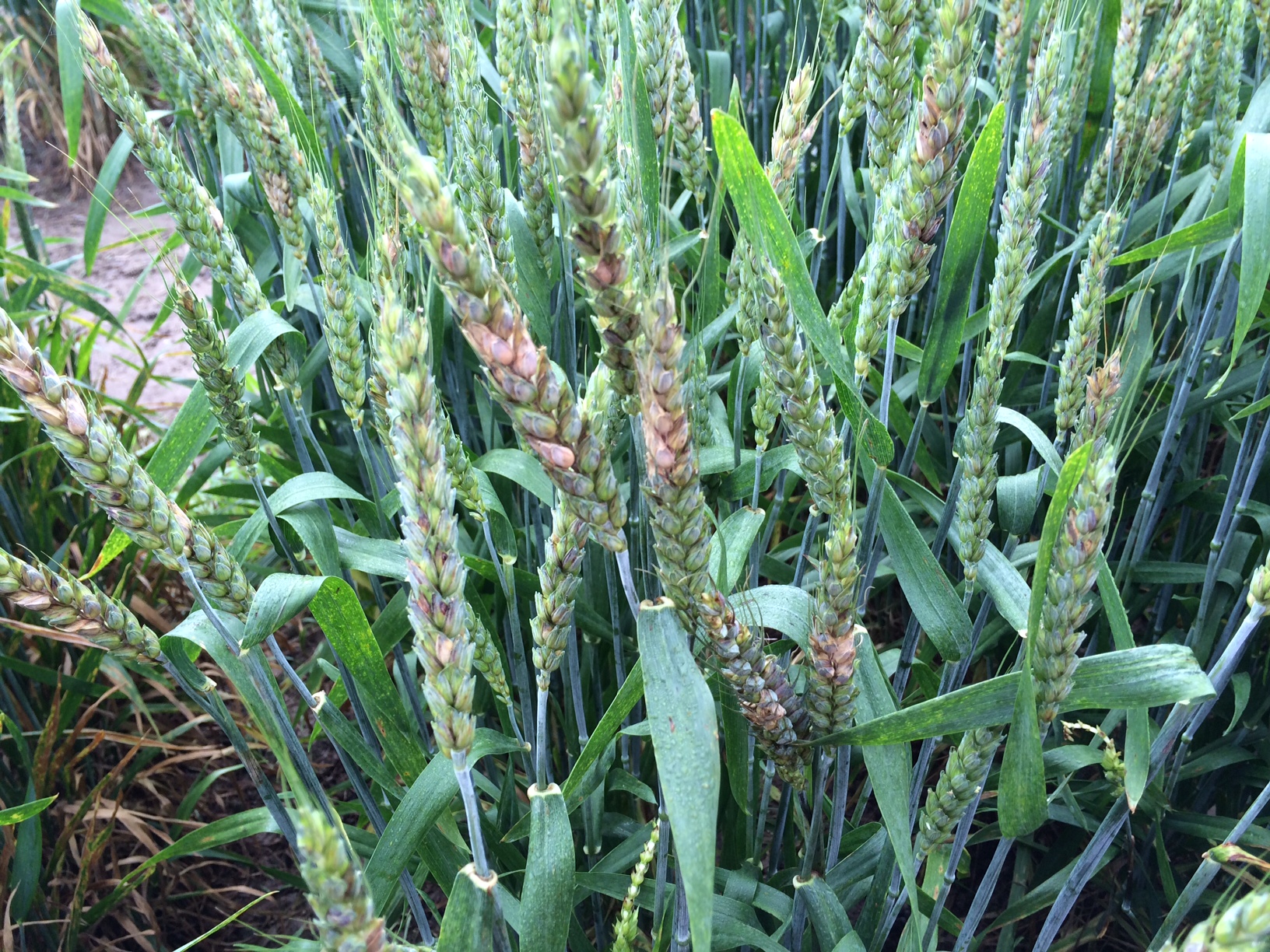Small Grains
go.ncsu.edu/readext?215723
en Español / em Português
El inglés es el idioma de control de esta página. En la medida en que haya algún conflicto entre la traducción al inglés y la traducción, el inglés prevalece.
Al hacer clic en el enlace de traducción se activa un servicio de traducción gratuito para convertir la página al español. Al igual que con cualquier traducción por Internet, la conversión no es sensible al contexto y puede que no traduzca el texto en su significado original. NC State Extension no garantiza la exactitud del texto traducido. Por favor, tenga en cuenta que algunas aplicaciones y/o servicios pueden no funcionar como se espera cuando se traducen.
Português
Inglês é o idioma de controle desta página. Na medida que haja algum conflito entre o texto original em Inglês e a tradução, o Inglês prevalece.
Ao clicar no link de tradução, um serviço gratuito de tradução será ativado para converter a página para o Português. Como em qualquer tradução pela internet, a conversão não é sensivel ao contexto e pode não ocorrer a tradução para o significado orginal. O serviço de Extensão da Carolina do Norte (NC State Extension) não garante a exatidão do texto traduzido. Por favor, observe que algumas funções ou serviços podem não funcionar como esperado após a tradução.
English
English is the controlling language of this page. To the extent there is any conflict between the English text and the translation, English controls.
Clicking on the translation link activates a free translation service to convert the page to Spanish. As with any Internet translation, the conversion is not context-sensitive and may not translate the text to its original meaning. NC State Extension does not guarantee the accuracy of the translated text. Please note that some applications and/or services may not function as expected when translated.
Collapse ▲New fact sheet posted January 2023: Harvesting Scabby Wheat and Dealing With DON

North Carolina plants between 400,000 and 800,000 acres of small grains annually, most of which is soft red winter wheat harvested for grain. Statewide average yields for wheat range from 40 to 70 bushels per acre. The largest production areas are in the Coastal Plain, Tidewater, and Piedmont regions. Oats and barley are planted on about 35,000 and 15,000 acres in North Carolina, respectively. The relatively warm winters and humid growing seasons in North Carolina are conducive to foliar fungal diseases and insect-transmitted viruses. The main diseases that limit yield and quality in North Carolina wheat are powdery mildew, Fusarium head blight, leaf rust, barley yellow dwarf virus, and Septoria nodorum blotch (SNB). When prices and yield potential justify the costs, foliar fungicides are used for foliar diseases.
Small Grains Disease and IPM Information
- Small Grain Disease Factsheets
- North Carolina Small Grain Production Guide — 2021 edition, see chapter on disease management
- NC Wheat Variety Disease Ratings
- IPM Center Small Grains Profile
Small Grains Problem Diagnosis Services
- Plant Disease and Insect Clinic for disease and problem diagnosis
- NCDA&CS Agronomic Services for tissue, solution, and nematode assays
Small Grains Extension Collaborators
More information about disease in small grains is available from Dr. Christina Cowger, USDA-ARS Small Grains Pathologist, NCSU Department of Entomology & Plant Pathology, Tel. 919-513-7388, Christina.Cowger@usda.gov.


